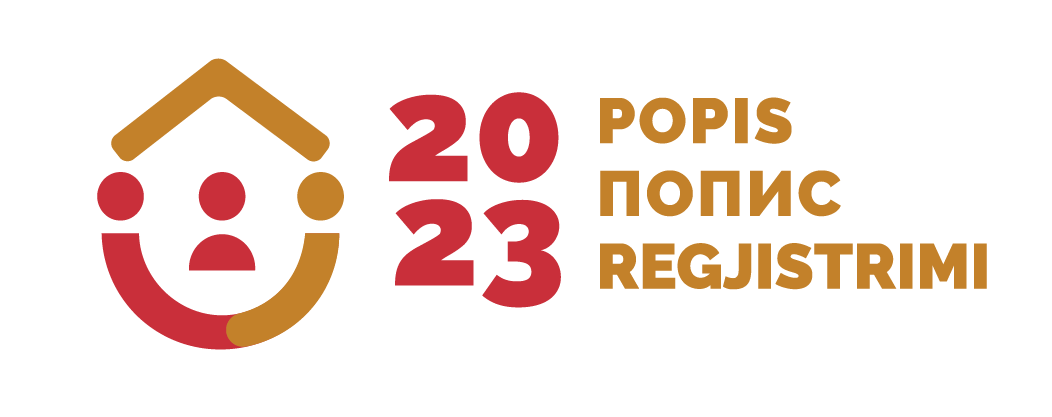20.09.2012
REPORT ON CHILDREN IN MONTENEGRO
Detailed data on children in Montenegro based on the 2011 Census results
Director of Statistical Office of Montenegro – MONSTAT, Ms Gordana Radojevic, MSc, and UNICEF Representative in Montenegro, Mr Benjamin Perks presented publication ‘Children in Montenegro –2011 Census Data’.
The publication on the children in Montenegro was produced on the basis of the data obtained through the Census of Population, Households, and Dwellings in 2011. According to the Census data, there are 145 126 children in Montenegro aged up to 18 years, i.e. 23.4% of children in the total population.
Of the total number of children aged from 6 to 17 years, there are 5%, i.e. 5 313 children not attending school. The lowest rate of school attendance is present among Egyptian and Roma children – 54%, i.e. 51%.
According to the 2011 Census data, there are 443 children aged from 15 to 17 years who are actively working, i.e. 1.7% of the total number of children of the mentioned age. Of this number, there are 187 children employed, while the rest of 256 children are ready to work if they are offered with the job.
Child labour disables children to attend and to finish school, and it harms child health, psychical and physical development. In this manner, intergeneration poverty continues, since children are not able to develop themselves to the full potential and to become socially mobile until they reach the maturity.
According to the 2011 Census data, there are 310 children in Montenegro aged 15 to 17 years who are married, and of this number there are 69% of girls. Of the total number of girls of this age who gave birth, more than one third is Roma girls (43 girls).
Married girls and girls who are mothers are requested to fulfil a large scope of housework together with the responsibility to take care and raise their children, while in the same time they are also children. This results in the social isolation, and in addition to the lack of education and weak job training, there is stimulated the gender-based poverty.
![]() 15 MB
15 MB
.JPG)







